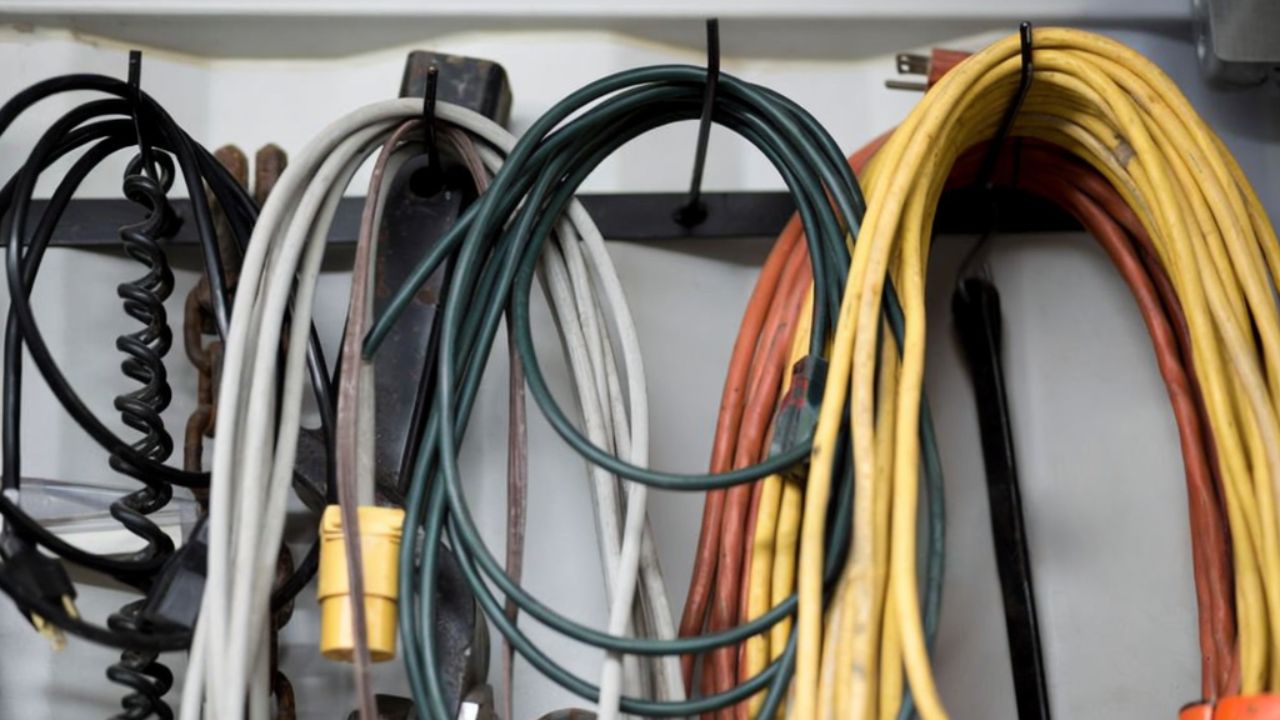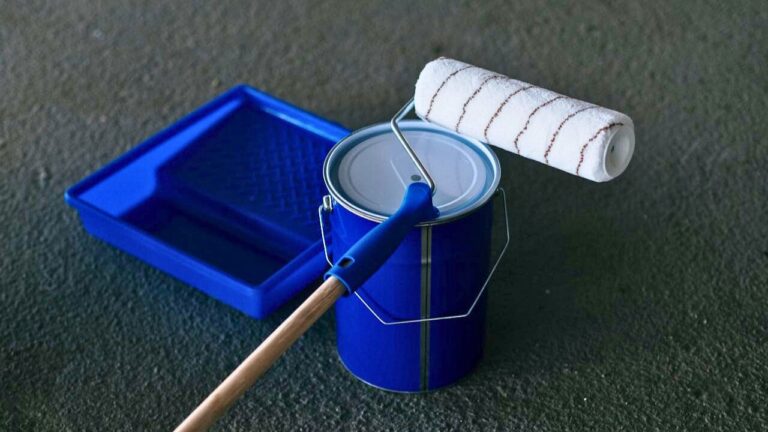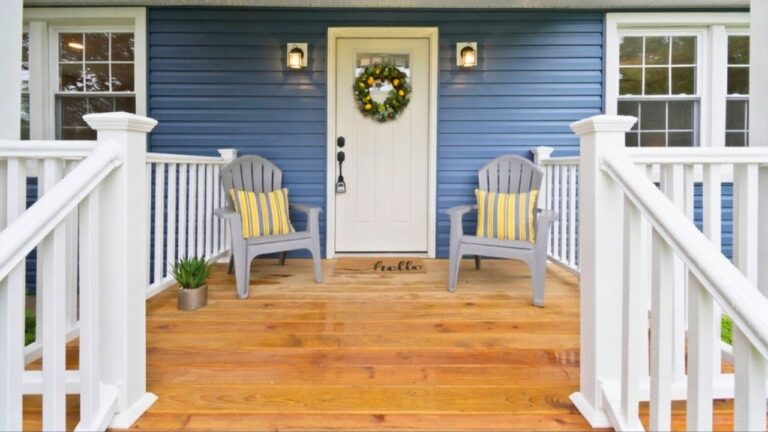Garage storage ideas that keep paint and tools safe from cold
Garages work like a second pantry and a utility closet, which is why winter can wreck what you’ve stored. Cold thickens paint, ruins adhesives, and encourages rust. A few smart zones keep supplies in their happy range so spring projects start ready to go.
Create a “temperate locker” for sensitive items
Paint, spray finishes, caulk, and batteries prefer 50–80°F. Convert a cabinet into a temperate locker with adhesive foam weatherstrip and a thermostatic outlet controlling a small heat mat or bulb-style heater.
Label the door “no gasoline, no solvents.” You want gentle warmth for finishes and lithium packs, not a hot box for flammables.
Park paint on shelves, not concrete
Concrete wicks cold straight into metal cans. Store paint on a plywood shelf or in a cabinet and lift the oldest cans to the front so you actually use them.
Before cold snaps, open, skim, and stir. If you see chunks or a cottage-cheese texture, that can is done—don’t save junk for later.
Give batteries a warm berth

Lithium tool batteries lose performance when stored cold. Keep them charged to about 50–60% and park them in the temperate locker or an interior closet.
If they did sit in the cold, let them come to room temp before charging. Charging a frozen pack shortens its life fast.
Mount a pegboard wall with real spacing
Pegboard isn’t just for looks. Space hooks so metal tools don’t touch and trap condensation. Air around steel helps prevent rust.
Keep a silicone-impregnated cloth in a small bin on the board. A quick wipe after use lays down a rust-resisting film without mess.
Use lidded totes for seasonal textiles and abrasives
Sandpaper, shop rags, and painters’ plastics hate damp. Store them in gasketed, clear totes so you can see inventory without opening and inviting moisture.
Add a handful of desiccant packs to each tote. Swap them out at the change of seasons and you’ll notice fewer curled sheets and soggy rags.
Hang cords and hoses in big, gentle loops

Tight coils set memory and crack vinyl in the cold. Use wide hooks and 18–24″ diameter loops for extension cords and air hoses.
If a hose stiffened in a freeze, bring it inside to warm before you force it. One bad bend in January becomes a leak in June.
Keep a salt-and-slush zone by the door
Wet melt and road salt chew through toolboxes. Park a heavy boot tray near the door and lay a sacrificial mat under the first few feet of floor.
Brush salt off shovels and snow brushes before you rack them. The rust you prevent now pays dividends on every metal edge you own.
Inventory and purge before it gets brutal
Make a 15-minute list: paint colors you actually plan to keep, caulk types, blade counts, battery health. Toss expired chemicals and combine half-used duplicates.
Tape the list to the cabinet. Shopping your shelves is only possible if you know what you’ve got when the next project hits.
Like Fix It Homestead’s content? Be sure to follow us.
Here’s more from us:
10 things that make your house feel less welcoming without saying a word
10 Upgrades That Make Your House Look Fancier Than Your Neighbor’s
*This article was developed with AI-powered tools and has been carefully reviewed by our editors.







